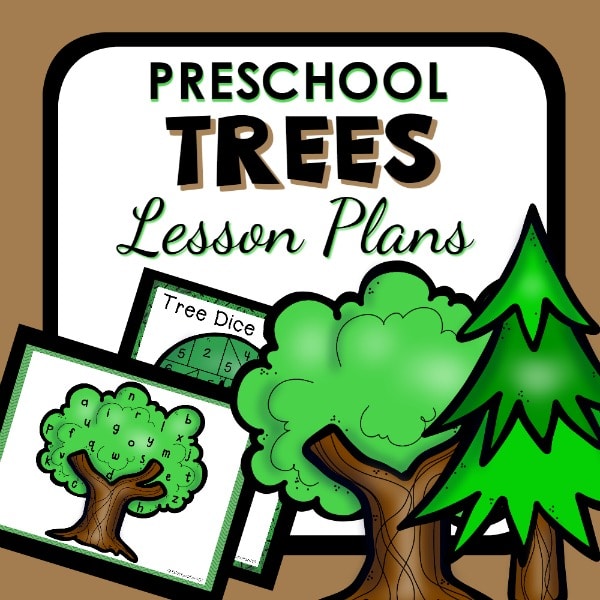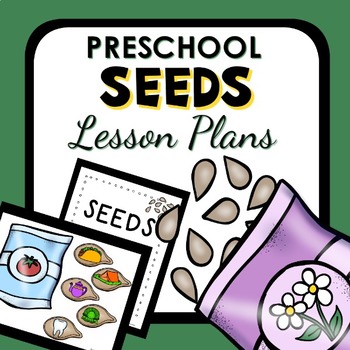I think using natural materials in the classroom can be so enriching. . . and FUN! Math, literacy, and nature crafts for kids are just a few things we can use natural materials for Read on to see some other ways to use them in the classroom!
I’m currently working on incorporating more natural materials into my preschool classroom. The kiddos love them and seem naturally drawn to anything in nature. When I think of kids and nature, Ann of My Nearest and Dearest pops right to mind. I adore reading about what she’s up to every week, and I’m blessed to have her as a friend! So I am beyond excited to have her visiting Fun-A-Day to talk about learning with natural materials! After you read her wonderfully informative post, I hope you stop by My Nearest and Dearest. She’s also on Pinterest, Facebook, and Google+.
I am excited and honoured to be guest posting for Mary Catherine today. Not only is she one of my go-to bloggers for play-based learning inspiration, she is a genuinely kind and funny person who I am proud to call a friend.
When Mary Catherine approached me to write a post about kids and nature, I immediately said yes, but wasn’t entirely sure what I’d write about. Watching my 3.5 year-old son “cook” with acorns, shells, and rocks reminded me that giving children the opportunity to simply PLAY with natural materials is a wonderful way for them to learn about nature. It also allows them to develop an appreciation and respect for the environment.
Incorporating objects from nature into play and learning activities needn’t be complicated. If we, as parents and teachers, provide our children with natural materials, they WILL find ways to use them. And in playing with them, studying them, and asking questions about them, they will learn about nature.
How to Use Natural Materials in the Home or Classroom
As Loose Parts:
If you’d like to bring more nature into your home or classroom, using found objects as loose parts is a good way to start. We have jars, baskets, and bowls of acorns, rocks, pine cones, and shells that my son, daycare kids and I have collected. The kids use them every single day in many ways. Take a look at my post Playing and Creating with Rocks for examples of how to play with rocks, which are arguably the easiest loose part to find outside.
Try adding loose parts from nature to the block center or play kitchen. Use them for counting or patterning activities. Or simply present your child with a bowl of natural materials and let her play with them however she chooses to.
On a Nature Table:
Setting up a nature table is a wonderful way to display all the beautiful bits and bobs that your kids pick up outside. Don’t be discouraged if you don’t have a spare table to devote to nature finds. A tray or shelf work just as well. The idea is to designate a specific area in your home or classroom to showcase objects from nature and (optionally) small toys, books, or tools (a magnifying glass, pencil and paper, ruler, etc.) that allow for a deeper investigation and understanding of the natural objects. See our Winter Nature Table for more information on setting up and playing at a nature table.
At the Play Dough Table:
We’re always looking for new and interesting items to combine with play dough. Whole spices and objects collected in nature make great additions to the play dough table. We’ve had fun with Play Dough and Wildflowers and with acorns and cinnamon bark. Small sticks are also great to pair with play dough.
In Sensory Bins and Small Worlds:
Adding items from nature to sensory bins and small worlds can add a sense of realism to the play experience. I added sticks, rocks, pine needles, and pine cones to a simple Forest Small World. I used shells and rocks in our Ocean Floor Discovery Bin to help evoke the look and feel of a real ocean floor.
In Art and Craft Projects:
Using natural materials in arts and crafts is both eco-friendly and economical. Look at the things your child has picked up outside and think about how they might be used as painting tools or how they might look decorated with glitter and paint. We’ve stamped with acorn caps, painted pine cones, made fern prints, and painted with grape stems (I count using kitchen scraps as creating with nature!).
It is important to me that my son grows up with a respect for nature and a love of the simple beauty found in it. The above examples are just some of the ways I’m ensuring that happens. Now, please tell me how you use nature in your home or classroom.
I don’t know about you, but my mind is whirling with possibilities now! I cannot wait to try out some of Ann’s suggestions for bringing natural materials into my classroom (and my home). What are some of your favorite ways to incorporate natural materials in learning and play?
Don’t forget to pop by My Nearest and Dearest and show her some love! You can also find her on Pinterest, Google+, and Facebook.
Nature Books
If you’re a regular reader of Fun-A-Day, then you might remember how important I think it is to read to children regularly. So, I never pass up the opportunity to give some book recommendations. Here are some of my favorite preschool nature books (I may get commissions for purchases made through links in this post):
Done-for-You Preschool Resources
Planning meaningful lessons for students week after week, all while balancing other teaching responsibilities and a personal life, can be a daunting task. That’s where Preschool Teacher 101 comes in to save you time!
Preschool Teacher 101 is excited to share with you some amazing lesson plans, activity packs, and other resources made specifically for preschool. We offer a wide variety of themes that are frequently used in preschool classrooms as well as some less common (but super interesting) themes. Click on the images below to learn more about some of our nature-themed resources.
Join The Pack from Preschool Teacher 101 today for exclusive access to our amazing products. And we even have three different membership options to suit your needs!









What a pleasure to guest post for you, Mary Catherine! Thanks so much for having me. 🙂
Ann, thank YOU so much for sharing such meaningful ways to learn with nature. I can’t wait to use your ideas with my classroom’s science/nature table!
Ann and Mary Catherine,
What great ideas! I like how you broke them out by type, Nature Table, Play Dough Table, Sensory Bins and Small Worlds, and Arts and Crafts. This will also help my daughters to learn about organizing by types. Thanks for the great post, I enjoyed reading it.
Love this idea. My toddler would be in heaven with a nature materials playtime like this.